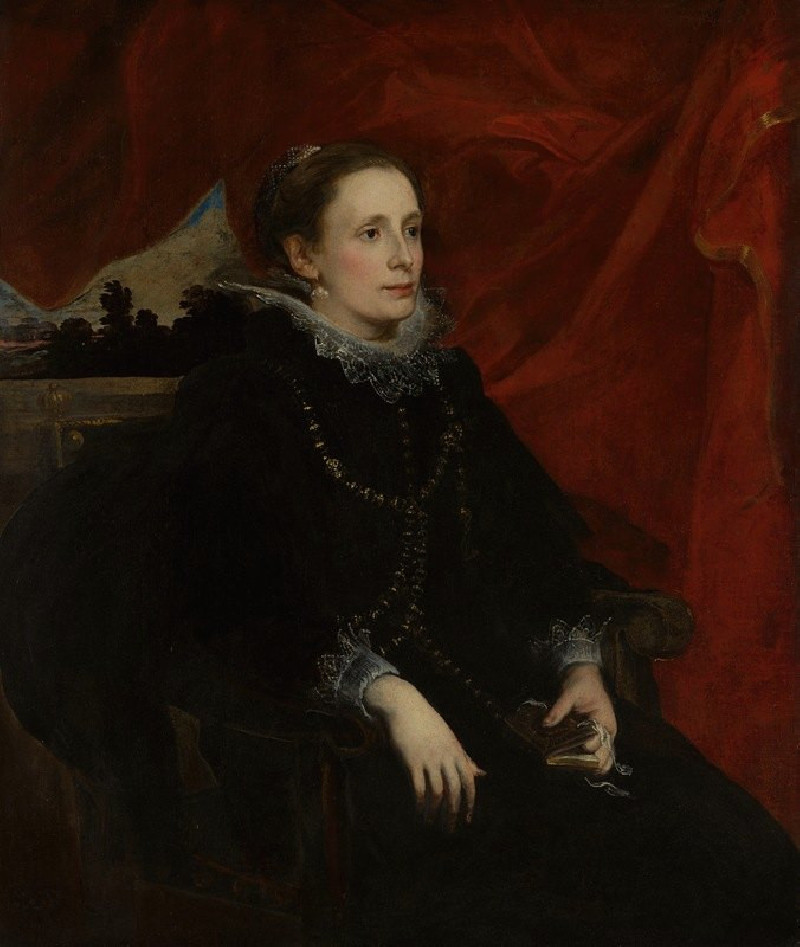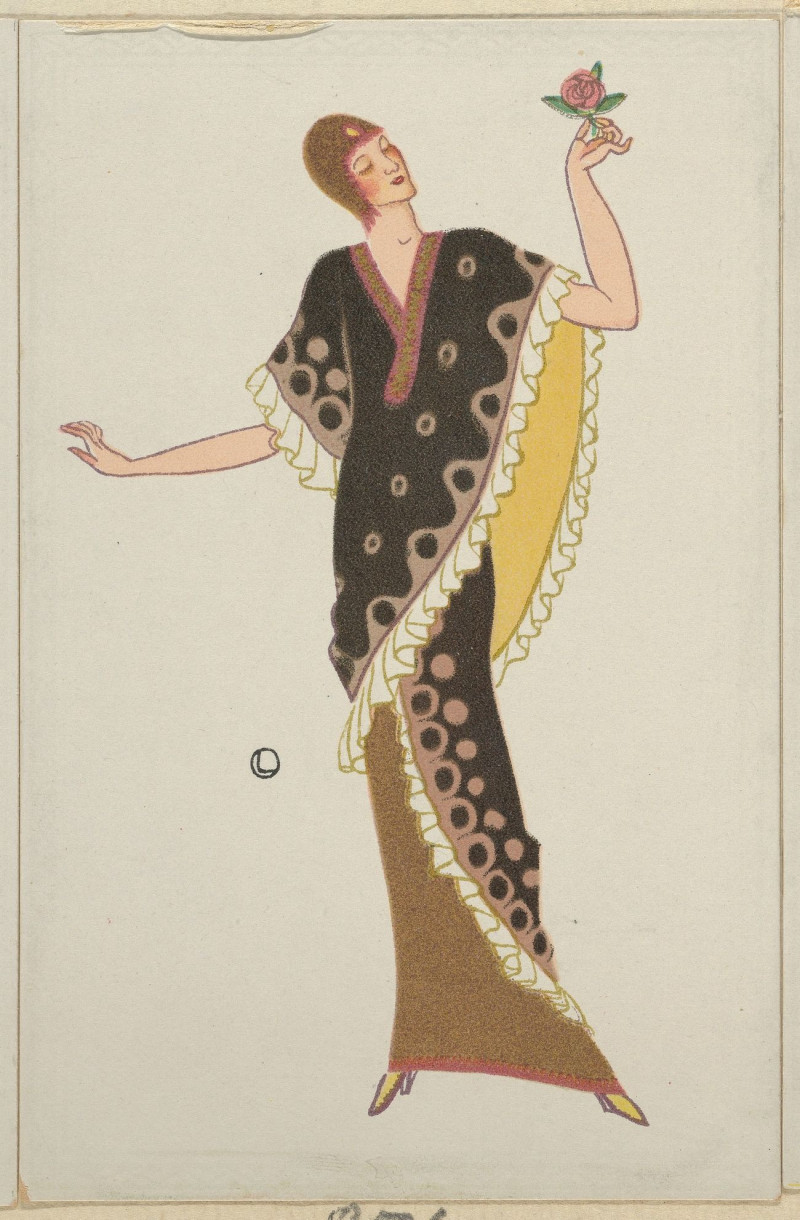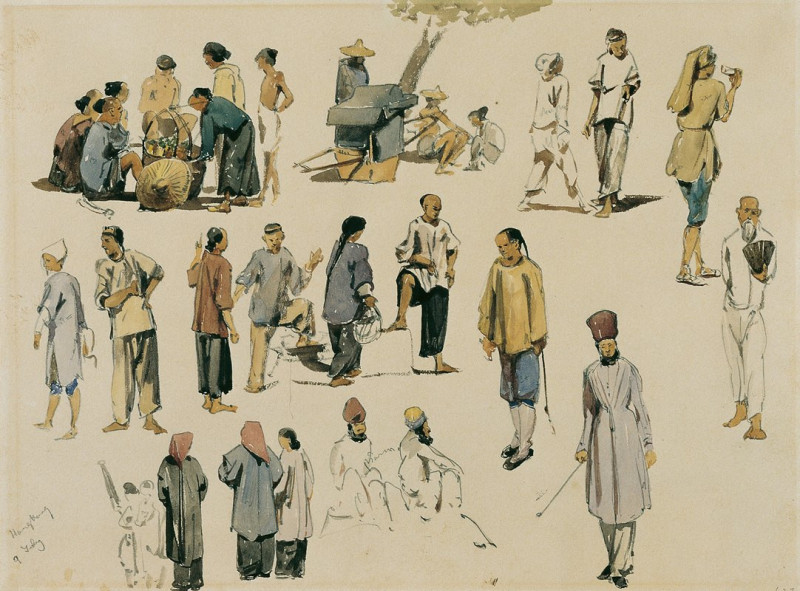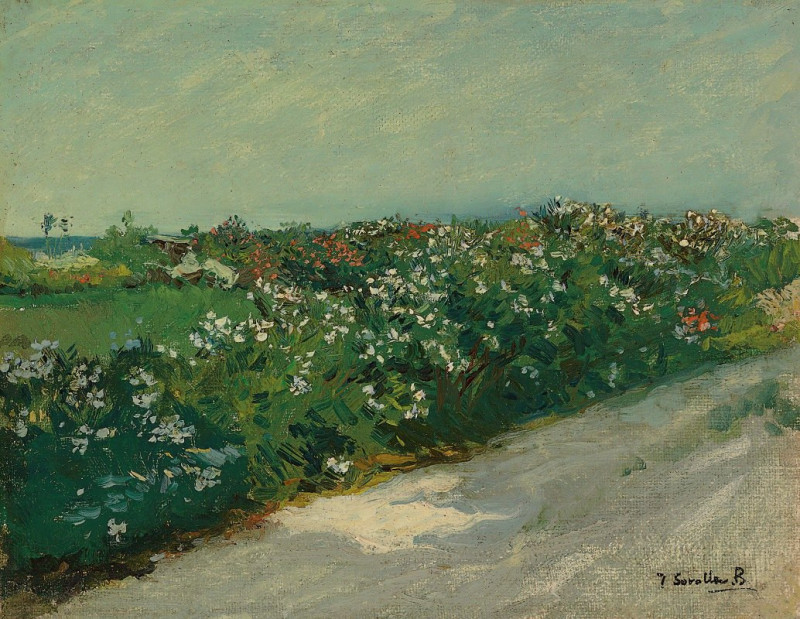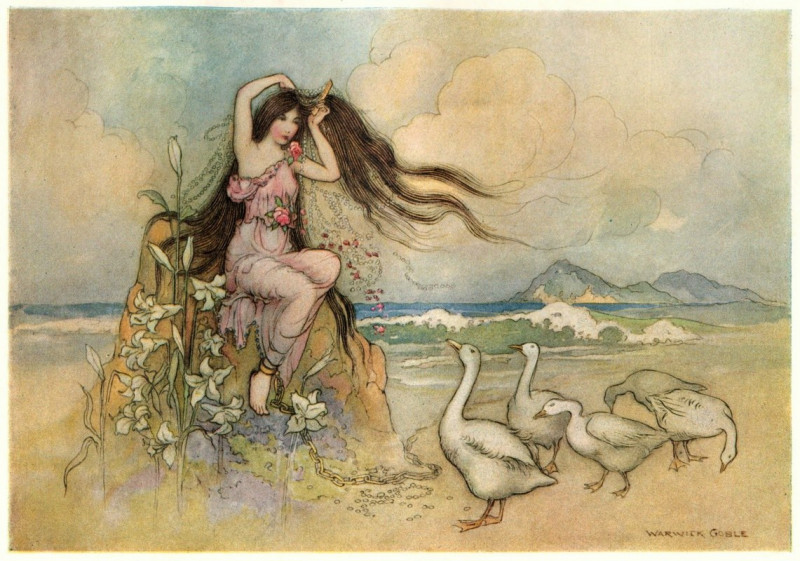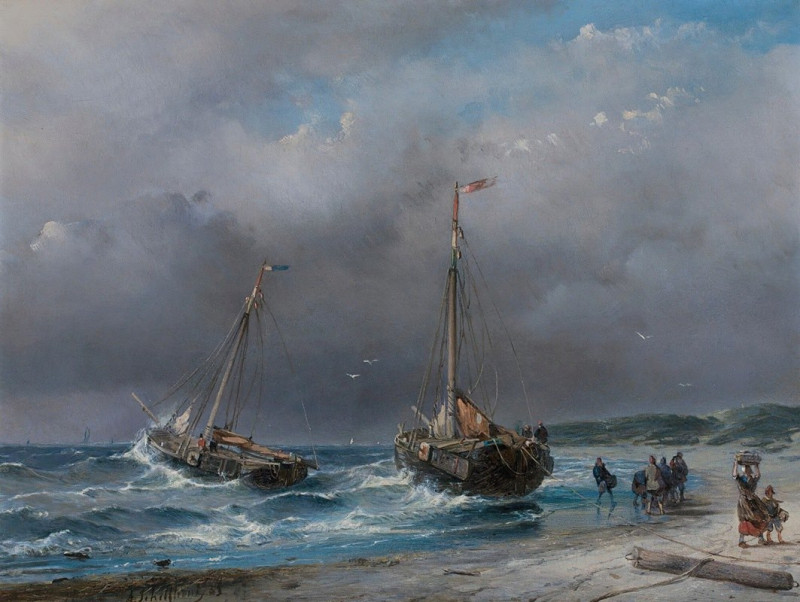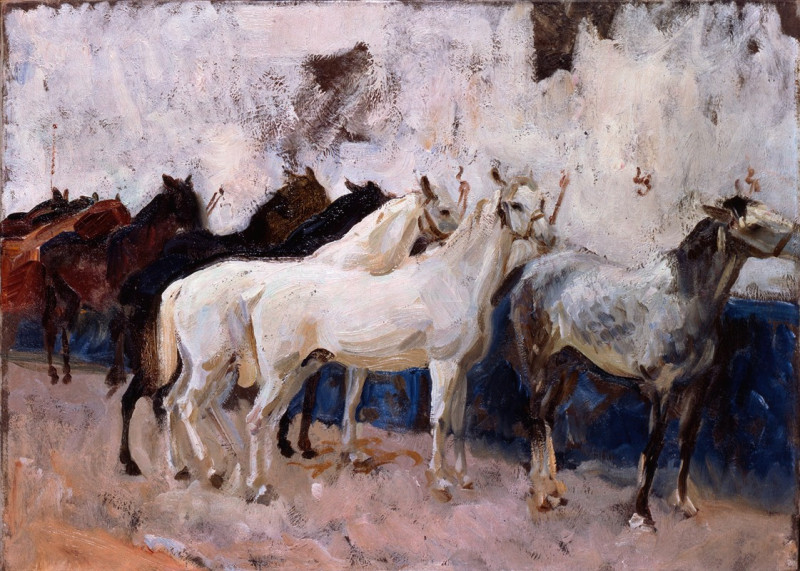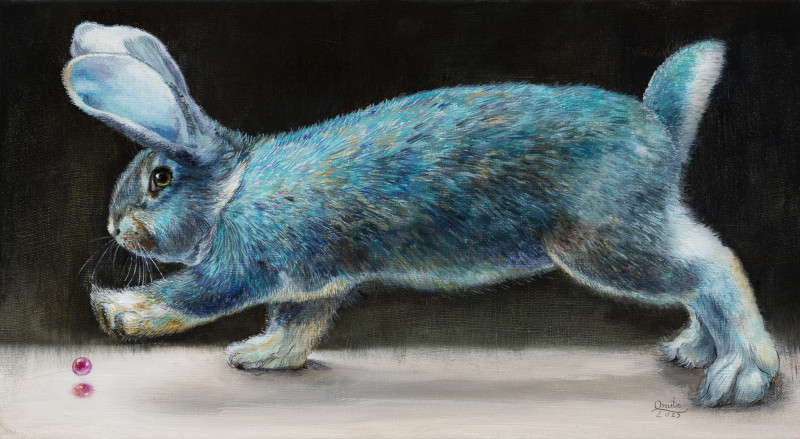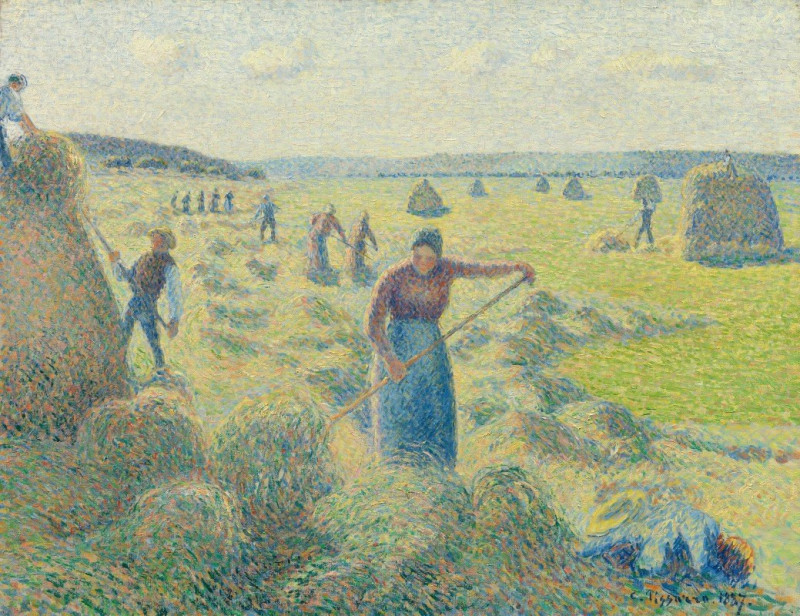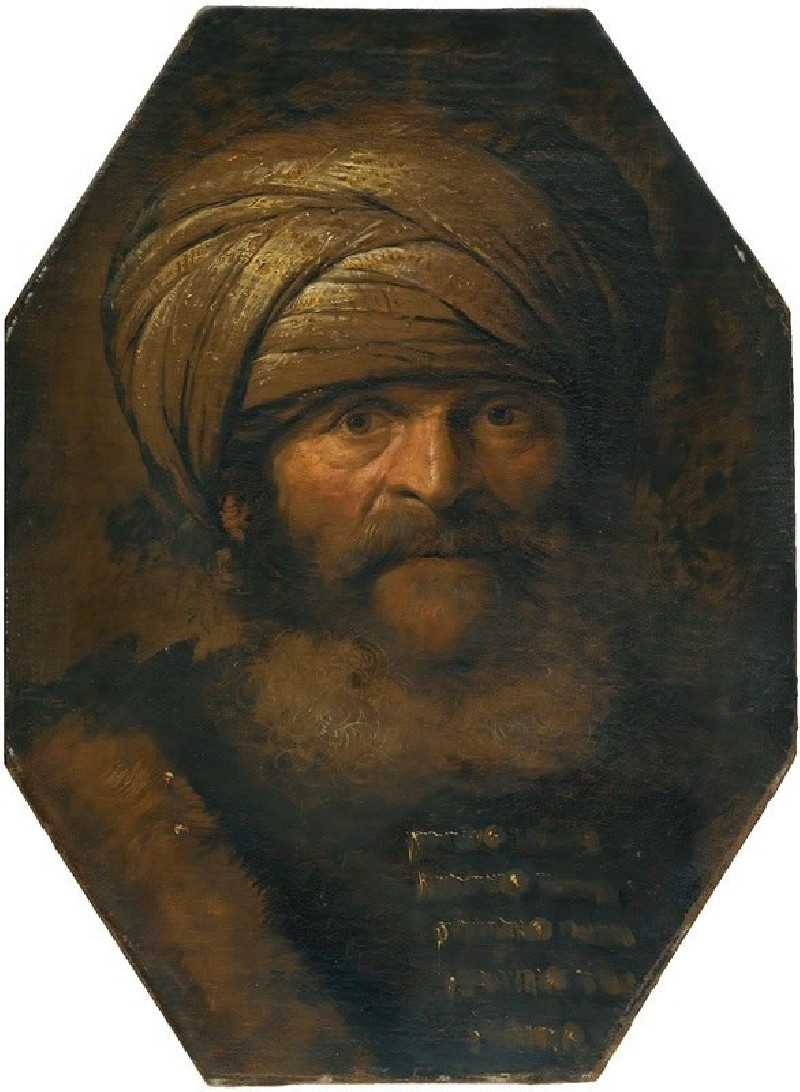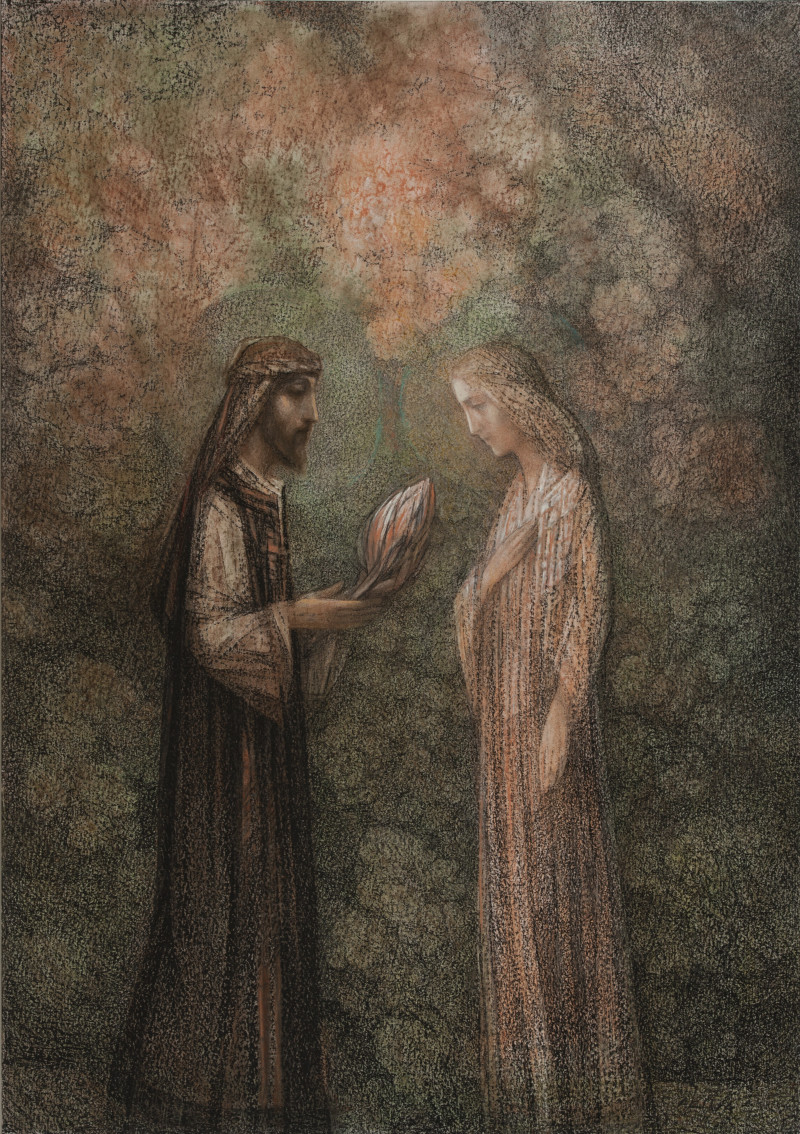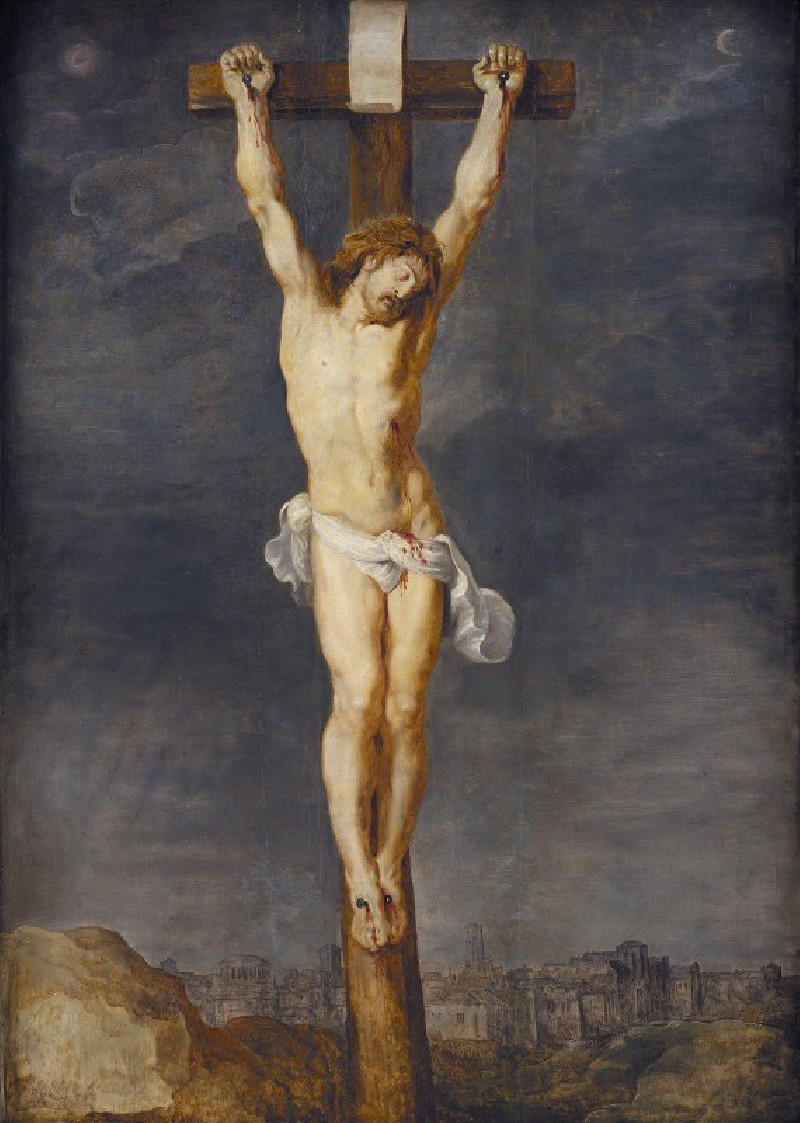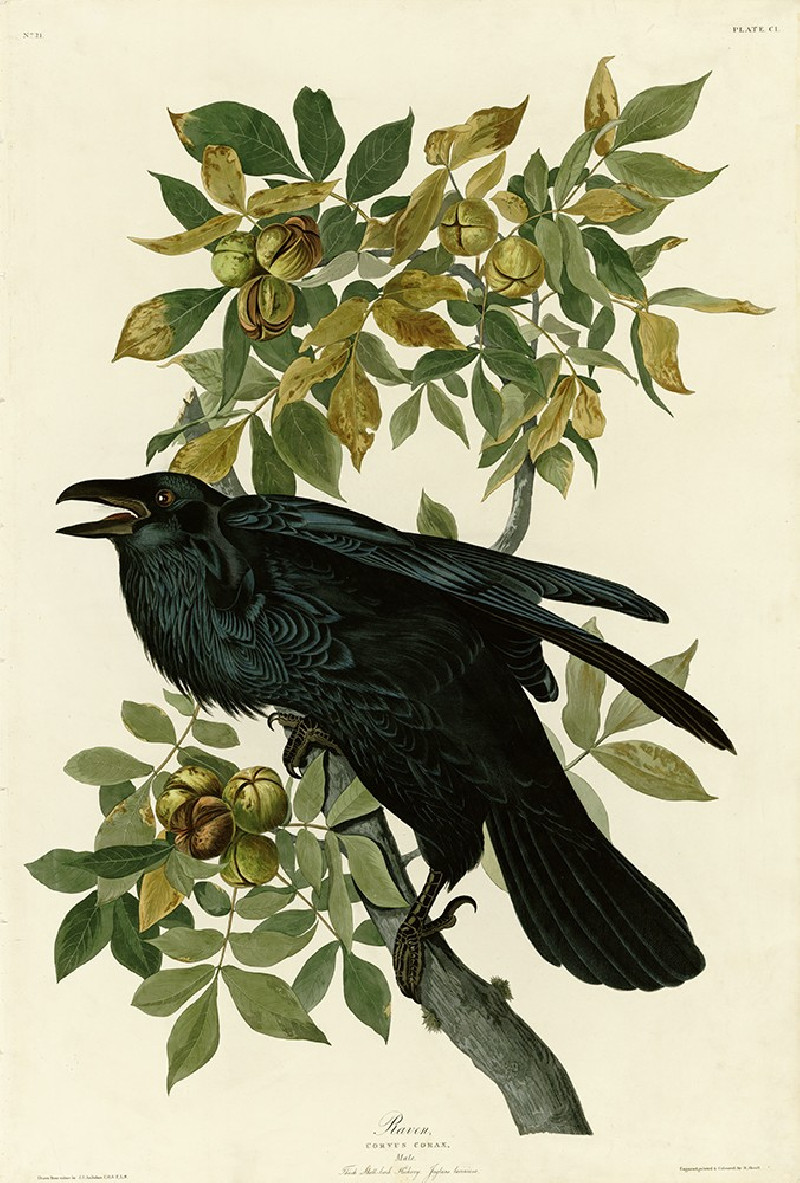Portrait of a Woman, Called the Marchesa Durazzo (ca. 1622–25)
Technique: Giclée quality print
Recommended by our customers
More about this artwork
This exquisite painting, created by the renowned Flemish artist Anthony van Dyck around 1622 to 1625, captures the dignified elegance of a noblewoman believed to be the Marchesa Durazzo. Van Dyck, famous for his portraits of European aristocracy, showcases his mastery in portraying the sensitive expression and grace of his sitter.The portrait depicts the Marchesa seated against a luxurious backdrop of a rich, flowing red curtain which adds depth and warmth to the composition. Her attire, a sumptuous black gown with intricate embroidery and delicate lace at the cuffs and collar, reflects her high social status. The gown is beautifully adorned with a gold chain, providing a subtle contrast against the dark fabric. She wears a small, jeweled headpiece that complements her serene and contemplative demeanor.Her hands are gracefully positioned, one gently resting on an ornate arm of the chair while the other delicately holds what appears to be a small book, suggesting her literate nature and perhaps a contemplative moment captured by the artist. The landscape visible in the background through a window hints at a serene, pastoral setting, perhaps symbolizing her connection to her estate or personal interests beyond court life.Anthony van Dyck's skillful use of chiaroscuro enhances the three-dimensionality of the figure, while his soft brushwork meticulously captures the textures of fabric and skin, bringing the Marchesa Durazzo to life.
Delivery
Returns
Sir Anthony van Dyck (1599 – 1641) was a Flemish Baroque artist who became the leading court painter in England after success in the Spanish Netherlands and Italy.
The seventh child of Frans van Dyck, a wealthy Antwerp silk merchant, Anthony painted from an early age. He was successful as an independent painter in his late teens, and became a master in the Antwerp guild in 1618. By this time he was working in the studio of the leading northern painter of the day, Peter Paul Rubens, who became a major influence on his work.

